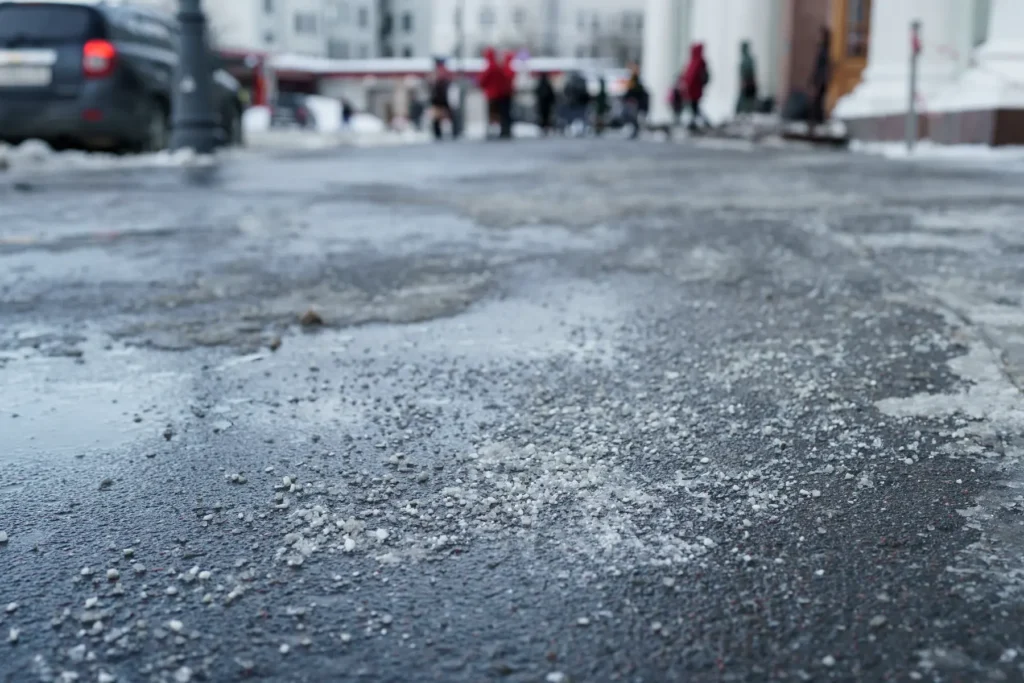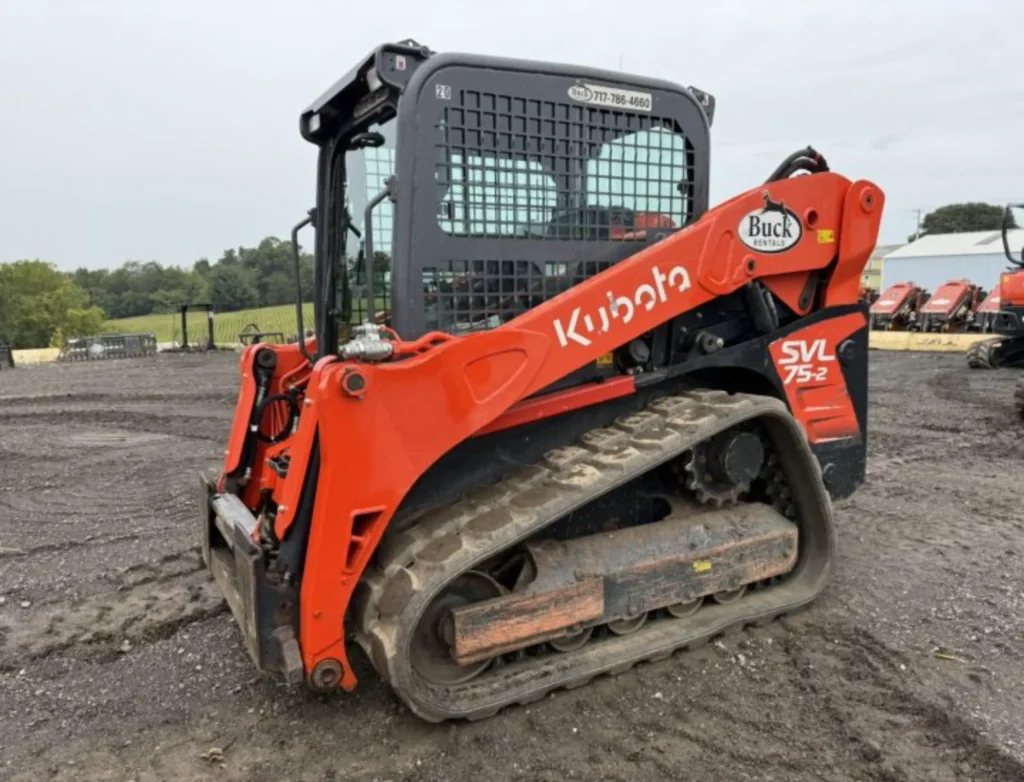Choosing the right ice melt can make all the difference in keeping things safe and manageable in winter weather. At Buck Rentals we carry TruMelt® products — a trusted name in professional-grade ice melt. Here’s a quick look at the science behind the main types of bagged ice melt that we offer and how to choose the right one for your needs. We also offer bulk salt to keep contractors supplied through the harshest of weather.
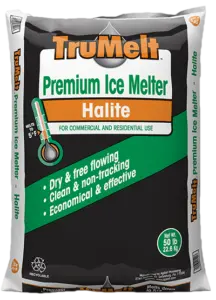
1. Halite (Rock Salt)
What it is:
Halite is natural sodium chloride — the classic rock salt most people know. It works by lowering the freezing point of water, causing ice to melt.
Pros:
- Cost-effective and widely available
- Works well in moderate winter conditions
- Provides traction on icy surfaces
Cons:
- Less effective below 15°F
- Can be corrosive concrete over time
- May leave some residue
Best for: General use on driveways, parking lots, and sidewalks during typical cold snaps.
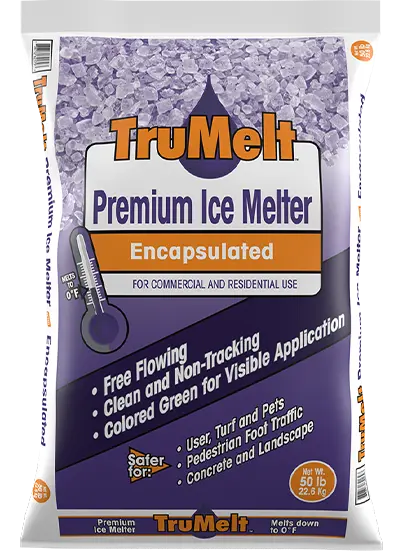
2. Encapsulated Ice Melt
What it is:
Encapsulated products combine rock salt with a liquid coating of magnesium brine. The coating helps the pellets activate faster and melt ice at lower temperatures.
Pros:
- Faster acting than plain halite
- Works at lower temperatures (down to about -5°F)
- Reduces scatter and waste due to coating adhesion
Cons:
- Slightly higher cost than plain rock salt
- Still mildly corrosive to concrete
Best for: Businesses or homeowners needing quick, efficient melting power in colder conditions.
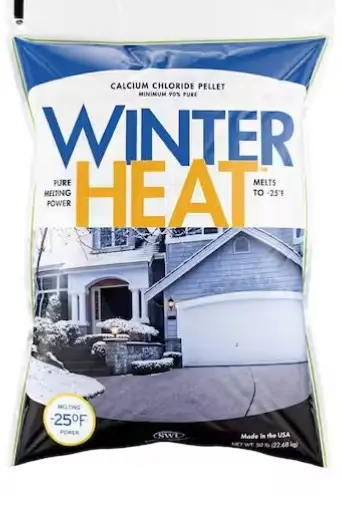
3. Calcium Chloride Pellets
What it is:
Calcium chloride is a premium ice melt that attracts moisture to form a brine, generating heat to melt ice quickly — even in extreme cold.
Pros:
- Melts ice at temperatures as low as -25°F
- Works faster than most other options
- Less corrosive and leaves minimal residue
- Melts more snow per pound of product
Cons:
- Higher upfront cost
- Can be overkill for light, infrequent snow
Best for: Extreme cold, high-traffic areas, and for new concrete.


